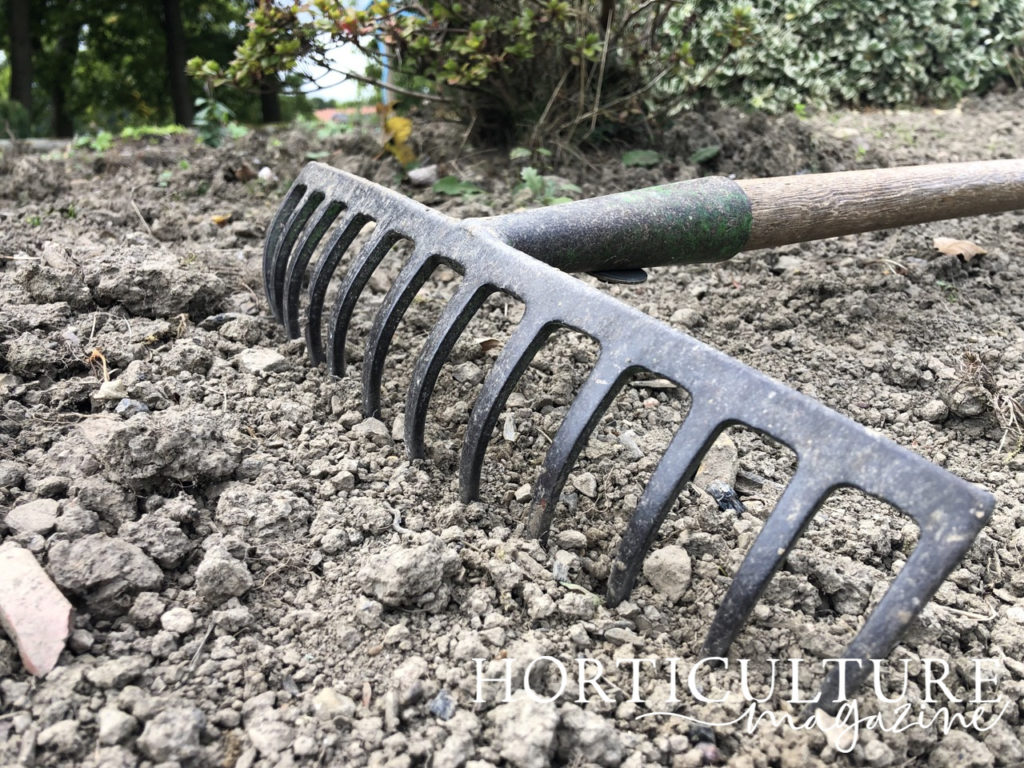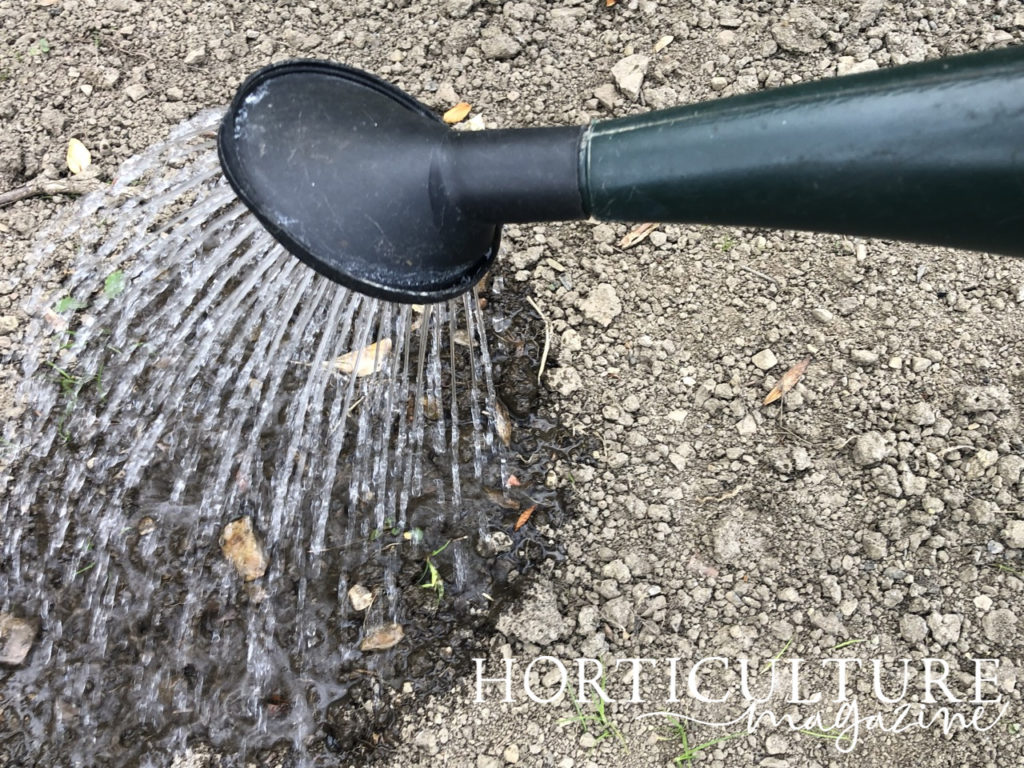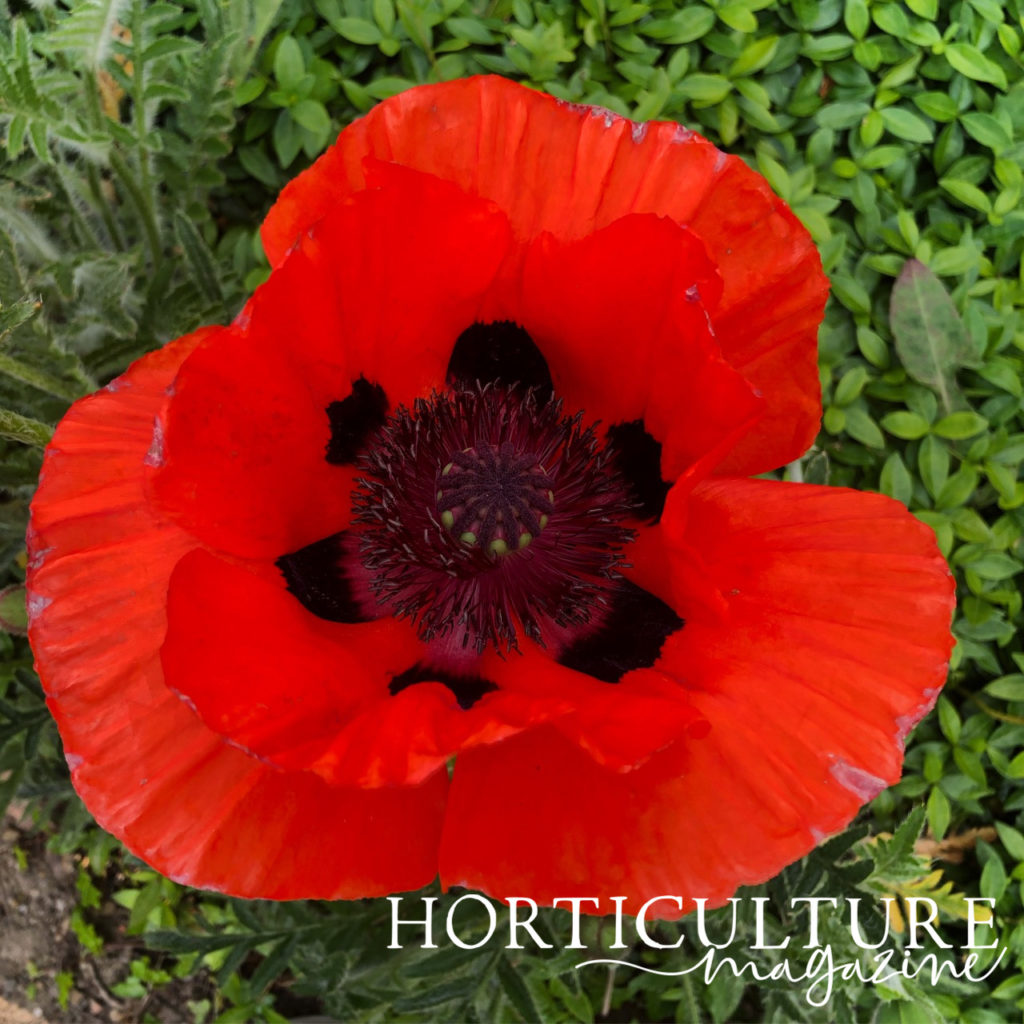Poppies Are Easily Grown From Seed Between March And May – Here’s The Full Process


Elizabeth is a Permaculture Garden Designer, Sustainability Consultant and Professional Writer, working as an advocate for positive change. She graduated from the University of St. Andrews with an MA in English and Philosophy and obtained a Diploma in Applied Permaculture Design from the Permaculture Association.
Reviewed By COLIN SKELLY

Colin is a Horticulturist and Horticultural Consultant with experience in a range of practical and managerial roles across heritage, commercial and public horticulture. He holds the Royal Horticultural Society’s Master of Horticulture award and has a particular interest in horticultural ecology and naturalistic planting for habitat and climate resilience.
Contributions From EMILY CUPIT

Emily is a Gardening Writer, Photographer and Videographer from Derbyshire, UK. She is the Founder of Emily's Green Diary - a community of more than 75,000 people who share in her gardening journey.
POPPY GUIDES
Growing From Seed
Varieties
There are a number of different poppies that might be grown in UK gardens, the most common of which is the field poppy – Papaver rhoeas.
These annual meadow flowers bloom only fleetingly, but they can be a great choice for an annual wildflower meadow or for a bed or border in a wildlife-friendly garden.
The good news is that poppies are incredibly easy to grow from seed, and once sown, will require little care and can often also self-seed readily.
So, even though they bloom over a single season, if you grow poppies in your garden you may well be able to enjoy their blooms for a number of years.
See our video guide for a quick visual demonstration showing how to sow poppies:
When To Sow Poppies
Poppy seeds are usually best sown between March and May, depending on location, and are best direct sown where they are to grow.

However, they can also be directly sown in early summer or autumn, so if you don’t get around to sowing the seeds in spring, you can still do it later.

You are more likely to get away with later sowing if you have light and free-draining soil where you live.
| Difficulty | Easy |
| Equipment Required | Rake, seeds, watering can |
| When To Sow | March-May |
1) Prepare The Area
Once you have selected poppy seeds (or an annual meadow mix including other annual plants if you prefer) you will need to prepare the site where you wish to sow them.

Field Poppies need a weed-free area with relatively free-draining conditions where there is full sun.
They look wonderful alongside other field flowers such as cornflowers, corn marigolds, corncockle, and other annual meadow plants.
2) Scatter The Seeds
Poppies can be sown in an orderly fashion in a bed or border, but they tend to look best when scattered randomly over a broader area.

Simply scatter your poppy seeds over an area and cover the seeds over lightly using a rake.
3) Keep The Soil Moist
As long as you have chosen a suitable location to sow your poppy seeds, all you need to do is water the seeds when the weather is dry, both during germination and as the plants grow.

As long as you make sure that the area does not dry out entirely, there will not be anything else that you have to do.
Poppies will often self-seed and plants will pop up again in your garden the following year.
“If you are not preparing a seed bed every year, you will need to prepare a bare area either by clearing vegetation or scratching bare patches into a meadow,” says Colin Skelly, a Master Horticulturist.
“This can either be over-sown or provide spaces for self-sown poppy seeds to germinate.”

However, you can also easily collect poppy seeds and sow these for more poppies the following year.
